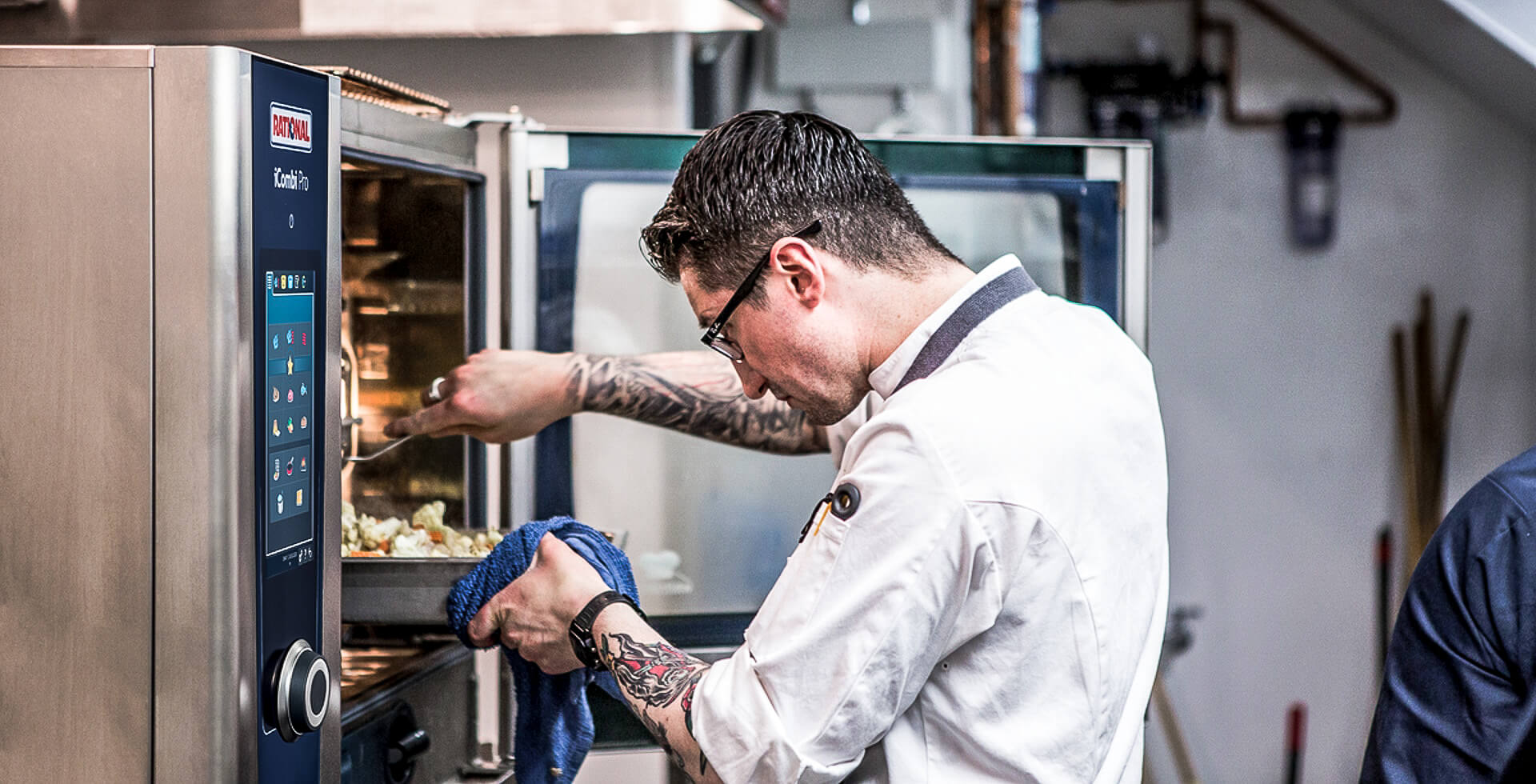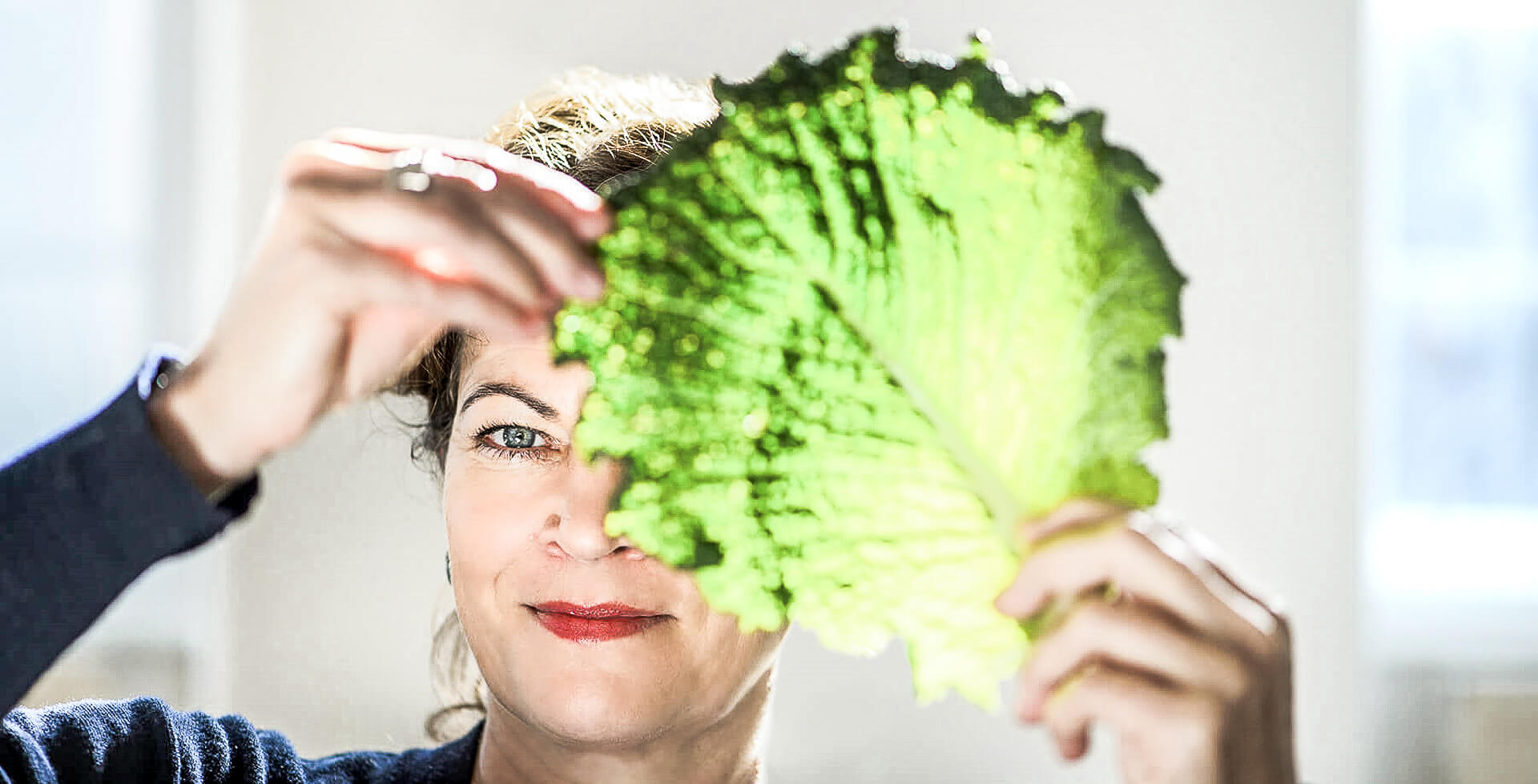For her, the winners include trends such as health (obvious in times of great crisis), convenience 3.0 (the healthy alternative when restaurants are closed), quality (granted full points because an interest in safe, healthy food has become increasingly important during the crisis), enjoyment (the desire to relax is growing and people finally have time to discover new tastes), sustainability (Corona makes neo-ecology the leading major trend with the most impact) and let’s not forget glocal (our regional and analog back-up makes globalization bearable). On the loser’s side, however, are breakfast (nobody is having a leisurely breakfast with their friends right now, especially not one which is buffet style) and snackification (when nobody is on the go, you don’t need a quick snack between meals).

Image: adobestock, Flamingo Images
The outlook: ghost kitchens
But Hanni Rützler also dares to look ahead and offer perspective. For example, she mentions the ghost kitchen trend. Although this trend has been around for a while, it has become an important cornerstone of local urban supply, especially in the past few weeks. In addition, this trend has been rapidly developing with very different approaches and ideas – from the traditional restaurant to cooperations with delivery services and delivery companies that have their own specially equipped kitchens. In Rützler’s opinion, this will fundamentally transform the gastronomy industry in the long term. For example, since not everything can be easily transported, recipes will have to be adapted. If the quality of delivery increases, restaurants will also undergo a change and will start becoming places where the quality of stay is increasingly important – indeed, they will become temples of pleasure. On the other hand, delivery food will be valued for its convenience and simplicity. If the quality is right, then ghost kitchens have a chance to establish themselves in the mainstream market, therefore becoming an integral part of everyday food culture.

Image: Uber Eats Delivery
Variety
When you consider how many different varieties of apples are available in supermarkets, how homogeneous our carrots look, and that a pig is a pig and no longer a Bentheimer or Swabian-Hallic, you’ll agree this says a lot about the lack of variety in our food. However, Rützler also sees a trend reversal here, with chefs and restaurateurs acting as drivers, multipliers and future-thinking visionaries who are the decisive link between producers and consumers, adding diversity to the plate, and bringing it to life. Gastronomes who present their guests with previously unfamiliar, forgotten and novel taste sensations are thereby also paving the way for a shift in the food trade – from merely a large amount to actual diversity. This is an important shift, because preserving our biodiversity is crucial to the future of our global food system. Anything we don’t use is threatened with extinction, which means nature needs us.
Liquid evolution
Dear wine, beer and hard liquor lovers, The days of simple booze are over, a new sense of purity is the order of the day. Even before Corona struck, health had become increasingly important – now it is truly creating a revolution in our eating and drinking culture all the more. From flavored mineral water and vitamin drinks to non-alcoholic beers, virgin cocktails and non-alcoholic spirits, the demand for non-alcoholic beverages remains unabated. However, this does not mean that they skimp on either pleasure or taste; in fact, quite the opposite is true. Teas and juices are carefully selected to complement the menu. Manufacturers have now been given the opportunity to experiment with old processes, virtually forgotten varieties and fermentation techniques to create new, exciting taste sensations.
Will this have a future beyond the crisis? Time will tell. However, after reading Hanni Rützler’s Food Report one thing you can say for sure is that gastronomy is more creative these days than it has been in a very long time.


















Pingback: How the Corona-virus has supercharged the snacking-trend | KTCHNrebel